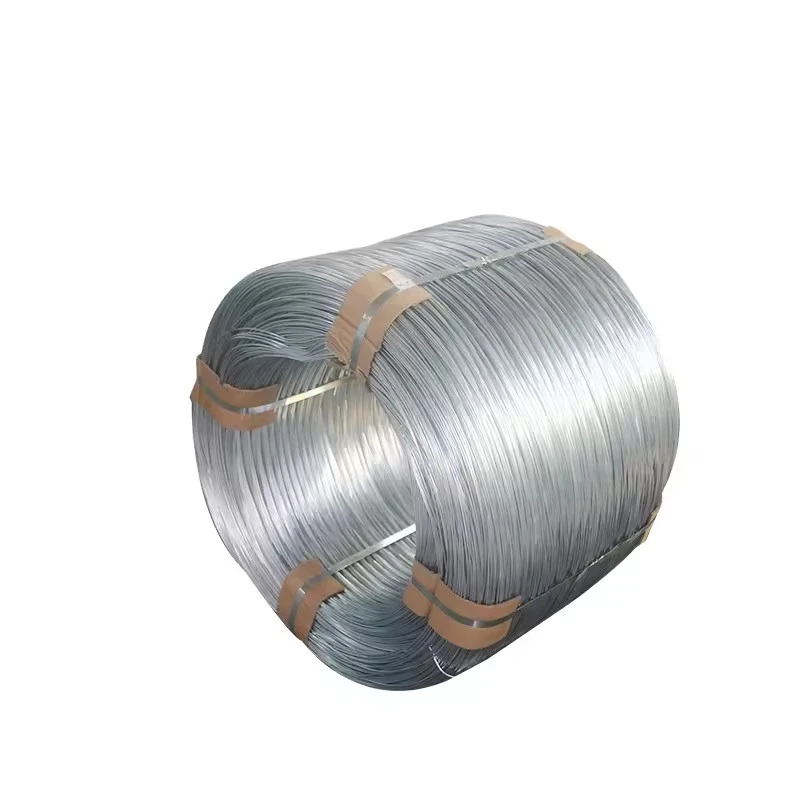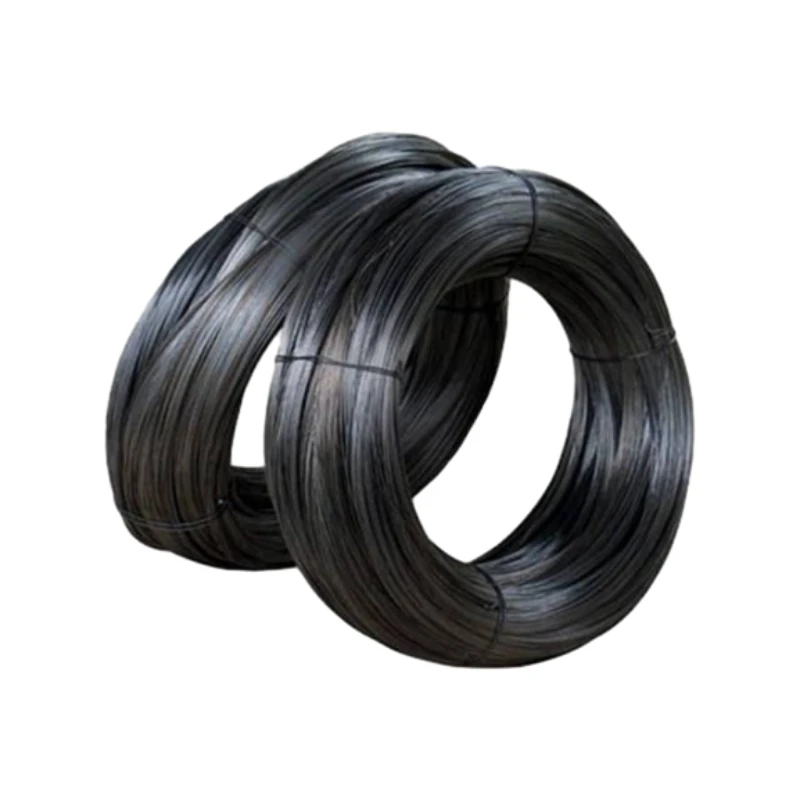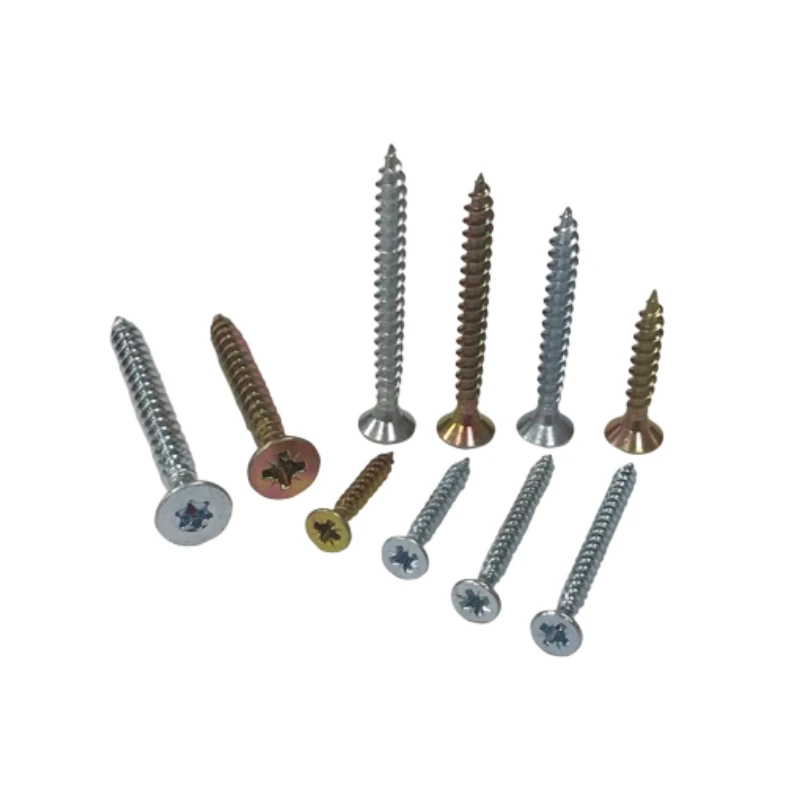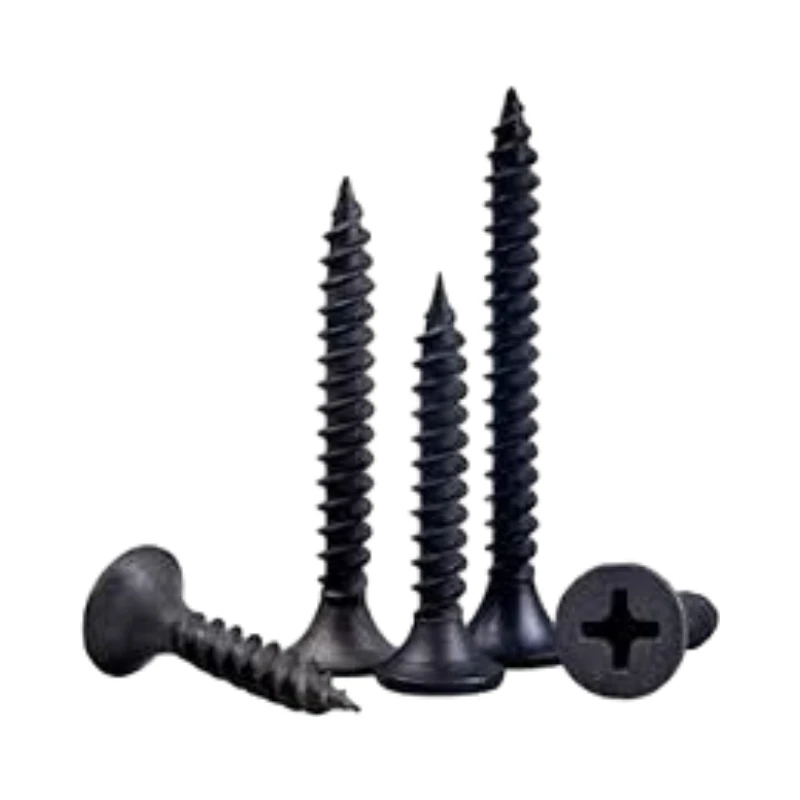
Talk With Us
+86-13601661296
Email Address
admin@sxjbradnail.comDurable and Cost-Effective Galvanised Brads for Construction & Crafting
What Are Galvanised Brads and Why Do They Matter?
Galvanised brads might not be the centerpiece of everyday chat, but if you’ve ever wrestled with home repairs, construction, or industrial projects, you’ll appreciate their quiet importance. Simply put, galvanised brads are small nails coated in a zinc layer, engineered to resist rust and corrosion. And why does that matter on a grand scale? Because in many parts of the world, reliable fastening solutions go beyond convenience — they’re about safety, longevity, and cost-saving.
On a global industry level, understanding galvanised brads means acknowledging the ripple effect of using corrosion-resistant materials — whether holding together the temporary shelters after natural disasters or supporting durable furniture that lasts decades. So, let’s dive into what makes these tiny metal pins tick and why they’re subtly shaping sectors everywhere.
Galvanised Brads in the Global Context
Fasteners like galvanised brads may seem mundane, but they carry substantial weight in construction and manufacturing worldwide. According to the ISO standards, corrosion resistance is essential to material performance — especially in climates where moisture and salt air accelerate deterioration.
Regions such as Southeast Asia, coastal Europe, and parts of Africa rely heavily on galvanised fasteners. In fact, reports from the World Bank highlight that infrastructure projects in tropical zones lose millions annually due to premature corrosion. Galvanised brads, by extending lifespan, offer a small but crucial fix to this expensive challenge.
The problem galvanised brads specifically address is that untreated nails rust quickly, leading to structural integrity failures. For humanitarian agencies deploying field shelters, or furniture producers exporting goods, the durability edge offers not just savings but less waste — a win-win for environment and economy.
What Exactly are Galvanised Brads?
At their core, galvanised brads are small, slender nails used in detailed finish carpentry, upholstery, and light construction. What sets them apart is a zinc coating, applied primarily by hot-dip galvanisation or electroplating methods. This zinc barrier is what keeps the nail resistant to oxidation — basically rust-causing chemical reactions — even when exposed to damp or outdoor environments.
In the context of modern industry, galvanised brads are more than just fasteners. They’re critical components in modular housing, cabinetry, and even humanitarian relief projects where quick, reliable assembly matters. Their robust protection allows structures to last far longer without the need for costly replacements or repairs.
Key characteristics include:
- Corrosion resistance: prevents rust and degradation.
- Sleek size: handy for thin wood or soft materials without splitting.
- Ease of use: ideal for power nailers or manual applications.
Core Components & Key Factors of Galvanised Brads
1. Durability
The zinc galvanisation layer actively protects the brad from moisture and oxygen. This prevents rust and ensures that the nail maintains its gripping strength over time. For applications such as outdoor furniture or construction near coastal areas, durability is paramount.
2. Cost Efficiency
Galvanised brads are a smart middle-ground solution — the coating process adds only a small markup compared to stainless steel nails but vastly improves lifecycle costs by delaying replacement and repair.
3. Compatibility with Various Materials
Galvanised brads work well with softwoods, plywood, and composite materials, often preferred in industries like cabinetry and craft furniture, where surface appearance and quality matter.
4. Scalability and Availability
Because galvanised brads are mass-produced with standard sizes, they’re readily available and easily scalable for large projects. This accessibility makes them favored across construction zones from urban centers to remote locations.
5. Environmental Impact
Though zinc coating requires mining and processing, galvanised brads reduce the frequency of replacements, thus lowering overall material consumption and waste. Many manufacturers now also adopt eco-friendly galvanising processes.
Global Applications & Use Cases of Galvanised Brads
Where do galvanised brads really shine? In field shelters after hurricanes in the Caribbean, where temporary relief needs quick assembly with corrosion resistance. In Europe’s furniture industry, they’re standard for fine carpentry that requires unobtrusive, rust-free fastening. And in developing regions like Southeast Asia, galvanised brads assist in affordable home construction where humid climates threaten traditional nails.
For example, NGOs involved in disaster relief often pack galvanised brads in kits for assembling modular emergency housing systems. Automotive manufacturers depend on corrosion-resistant brads for internal trim parts to ensure longevity without adding cost. Even hobbyist woodworking courses emphasize galvanised brads as beginner-friendly, versatile fasteners.
Product Specification Table
| Specification | Details |
|---|---|
| Length | 10 mm to 50 mm |
| Diameter | 0.8 mm to 1.5 mm |
| Material | Steel with zinc galvanisation |
| Coating Method | Hot-dip or Electroplated |
| Corrosion Resistance | 5 - 15 years typical outdoor lifespan |
| Typical Uses | Finish carpentry, furniture, light construction, disaster relief |
Advantages & Long-Term Value of Galvanised Brads
Now, why would a project manager or an engineer consistently choose galvanised brads over cheaper, untreated nails? Beyond the obvious rust resistance, it boils down to a combination of tangible and intangible benefits.
- Cost Savings: Less replacement, less labor, fewer disruptions.
- Sustainability: Longer-lasting materials mean less waste and lower carbon footprint over time.
- Safety & Trust: Structural integrity gives users peace of mind — nothing’s worse than a rotting joint.
- Innovation: Zinc coatings are improving, with manufacturers exploring eco-friendlier alternatives, aligning with green building trends.
- Aesthetic Consistency: No ugly rust stains bleeding into finished wood or fabric.
Looking Ahead: Trends and Innovations
In an age driven by green energy and digital transformation, galvanised brads are quietly evolving. New galvanisation techniques reduce zinc usage while improving coating density. Some producers are experimenting with nano coatings and hybrid corrosion inhibitors to stretch lifespan even further.
Automation in manufacturing has also enhanced quality control, producing brads with consistent coating and shape tolerances, better suited for high-speed nailing machines. As demand grows in emerging markets, companies are starting to custom-engineer brads for specific wood types or climates, making the humble nail smarter than ever.
Challenges in Using Galvanised Brads & Practical Fixes
Even the best slow down. Galvanised brads face a few bumps. For one, over time, zinc coatings can wear off if exposed to extremely harsh environments, leading to eventual rust. Also, compatibility with treated lumber can be tricky because chemical treatments sometimes accelerate corrosion.
Experts recommend choosing the right galvanisation grade for intended use, and pairing brads with compatible materials. Some newer brads come with additional clear polymer coatings to boost protection. It’s also wise to stock test fasteners before a critical deployment.
FAQ: Frequently Asked Questions About Galvanised Brads
- Q1: How long do galvanised brads typically last outdoors?
- A1: Depending on coating thickness and exposure, galvanised brads can last 5 to 15 years outdoors. Hot-dip galvanisation generally offers superior longevity versus electroplating.
- Q2: Can galvanised brads be used with pressure-treated lumber?
- A2: Yes, but it’s important to ensure the galvanisation grade is appropriate. Some chemical treatments on wood can hasten metal corrosion, so using enhanced coatings is recommended for best results.
- Q3: Are galvanised brads compatible with pneumatic nailers?
- A3: Absolutely. Their small size and coating thickness make them ideal for both manual hammering and pneumatic applications, keeping workflow efficient.
- Q4: What’s the difference between galvanised and stainless steel brads?
- A4: Stainless steel brads resist corrosion even better but cost significantly more. Galvanised brads offer a budget-friendly middle ground with reliable durability for most applications.
- Q5: Where can I source high-quality galvanised brads?
- A5: Several specialized suppliers stock galvanised brads in bulk. Comparing vendors on specs and coating process can help ensure quality (more below).
Vendor Comparison: Top Galvanised Brad Suppliers
| Supplier | Coating Method | Typical Applications | Price Range (per 1000) |
|---|---|---|---|
| FastenPro Ltd. | Hot-dip galvanised | Outdoor furniture, construction | $18 - $25 |
| NailTech Inc. | Electroplated zinc | Cabinetry, crafts | $14 - $20 |
| EcoFasteners Co. | Hot-dip with eco-friendly process | Sustainable building, relief kits | $22 - $30 |
Wrapping Up: Why Galvanised Brads Deserve Your Attention
In the vast universe of construction materials and fasteners, galvanised brads quietly offer more than just sticking power. Their balanced cost, corrosion resistance, and versatility make them indispensable across multiple industries — from tight finish work to rugged, weather-exposed projects.
For anyone sourcing fasteners that last, feel confident choosing galvanised brads. Need to explore products? Visit our website for detailed specs and dependable supply options: https://www.sxj-staple.com.
References
-
T47 Nail: The Ultimate Guide to Industrial and Construction ApplicationsNewsNov.22,2025
-
Everything You Need to Know About T Head Brad Nails | Global Fastening SolutionsNewsNov.22,2025
-
T Brad Nails – Precision Fasteners for Fine Woodwork & Industry ApplicationsNewsNov.22,2025
-
Straight Brads: The Small Fastener with Big Global Impact | SXJ StapleNewsNov.21,2025
-
The Essential Guide to Straight Brad Nails for Modern Construction and DesignNewsNov.21,2025
-
Essential Guide to Steel Brad Fasteners: Uses, Specs & TrendsNewsNov.20,2025









